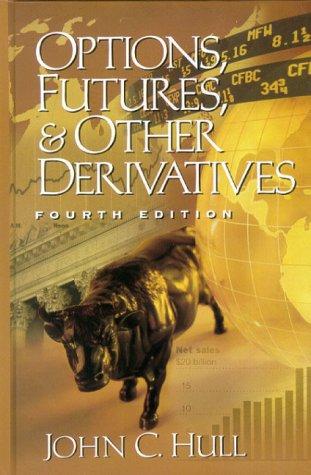In this problem, we will build an active portfolio, that is, a portfolio consisting of individually selected stocks to complement our passive investments. To do this, create an Excel worksheet. Use the following instructions with a market risk premium of 5%. Consider the following annualized information regarding a selection of six stocks (Apple Inc, Amazon.com Inc, Intuitive Surgical Inc, Target Corp, Walmart Inc, and Exxon Mobil Corp) and the S&P 500 that we have obtained from a regression analysis: SD of Excess Return Betal SD of Systematic Component SD of Residual 0.1701 0.2869 0.3554 0.3409 0.0000 0.2016 0.2286 1.00 1.20 1.60 1.500 0.80 0.60 10.85 0.1701 0.2041 0.2721 0.2551 0.1361 0.1020 0.1446 0.2261 0.2403 0.2057 0.1609 0.2761 0.2296 0.2163 SWMT SXOM Find the covariance matrix according to the index model, where the covariance between two assets is defined as . (Hint: You can find the from the above table if you compute the covariance of the index with itself because 1 Create a forecast of for each company, that is, the return in percent you anticipate in excess over the return expected through its in the coming year. [Example: If the of the company were to be 1, you'd expect an excess return of 5% in the absence of. However, if you anticipated that the company's stock was going to realize an excess return of 4% or 6%, then its would be -1% or +1%, respectively.) This forecast can just be a guess for this problem! Construct the risky portfolio according to Table 27.1 in your In this problem, we will build an active portfolio, that is, a portfolio consisting of individually selected stocks to complement our passive investments. To do this, create an Excel worksheet. Use the following instructions with a market risk premium of 5%. Consider the following annualized information regarding a selection of six stocks (Apple Inc, Amazon.com Inc, Intuitive Surgical Inc, Target Corp, Walmart Inc, and Exxon Mobil Corp) and the S&P 500 that we have obtained from a regression analysis: SD of Excess Return Betal SD of Systematic Component SD of Residual 0.1701 0.2869 0.3554 0.3409 0.0000 0.2016 0.2286 1.00 1.20 1.60 1.500 0.80 0.60 10.85 0.1701 0.2041 0.2721 0.2551 0.1361 0.1020 0.1446 0.2261 0.2403 0.2057 0.1609 0.2761 0.2296 0.2163 SWMT SXOM Find the covariance matrix according to the index model, where the covariance between two assets is defined as . (Hint: You can find the from the above table if you compute the covariance of the index with itself because 1 Create a forecast of for each company, that is, the return in percent you anticipate in excess over the return expected through its in the coming year. [Example: If the of the company were to be 1, you'd expect an excess return of 5% in the absence of. However, if you anticipated that the company's stock was going to realize an excess return of 4% or 6%, then its would be -1% or +1%, respectively.) This forecast can just be a guess for this problem! Construct the risky portfolio according to Table 27.1 in your







